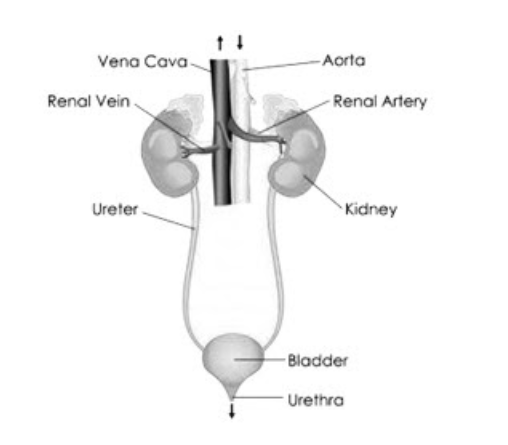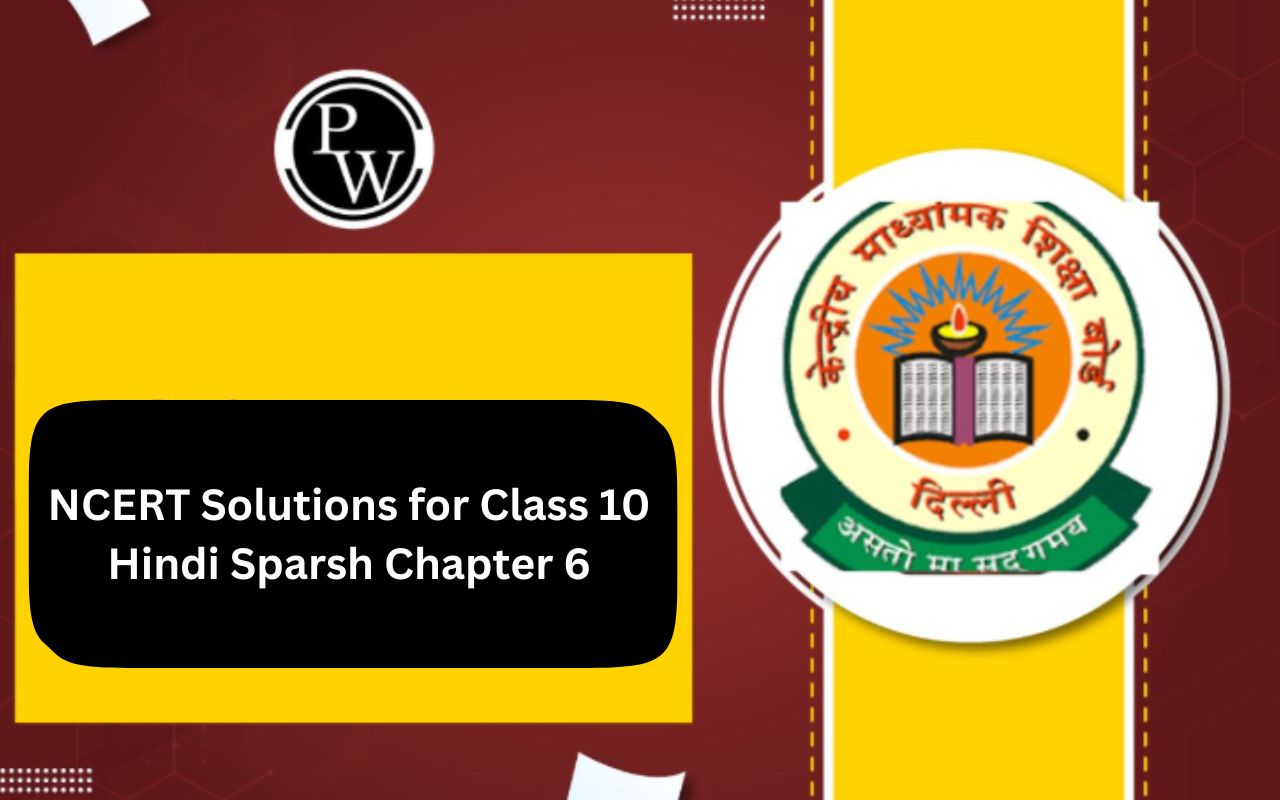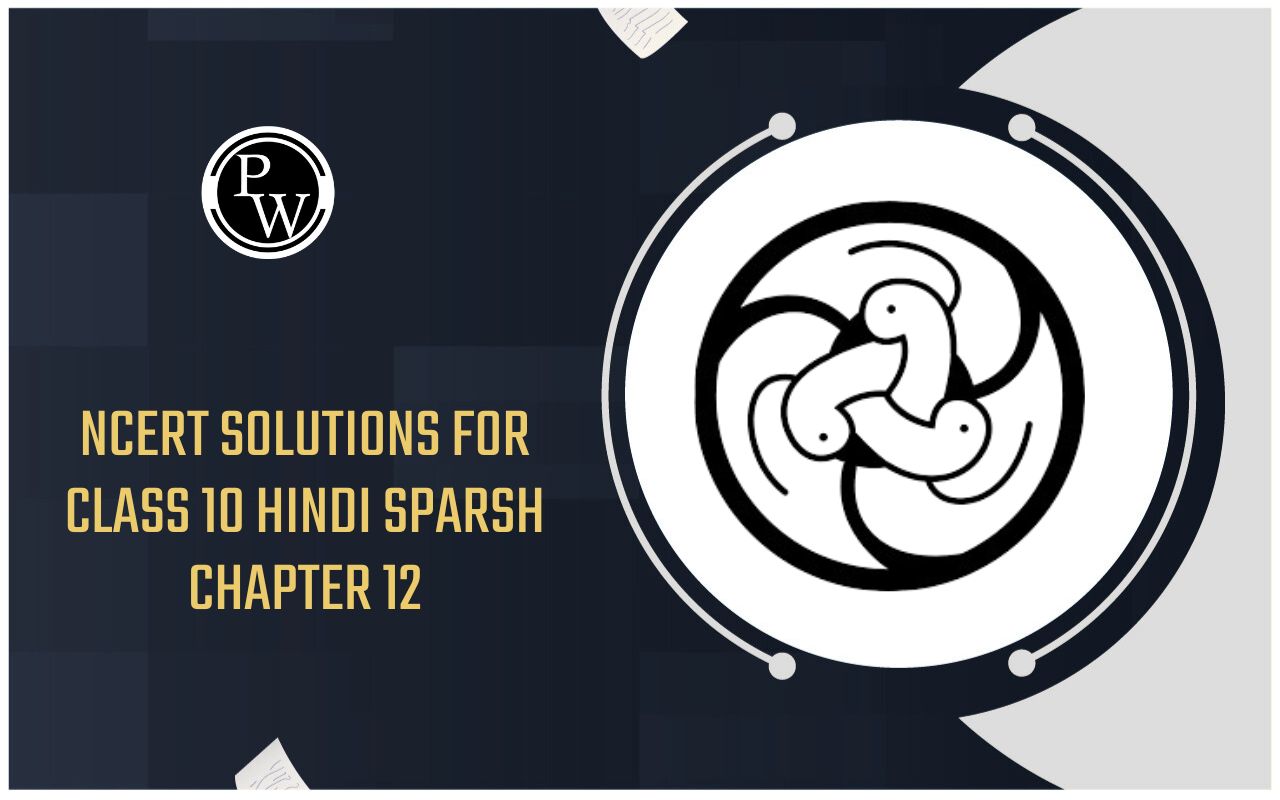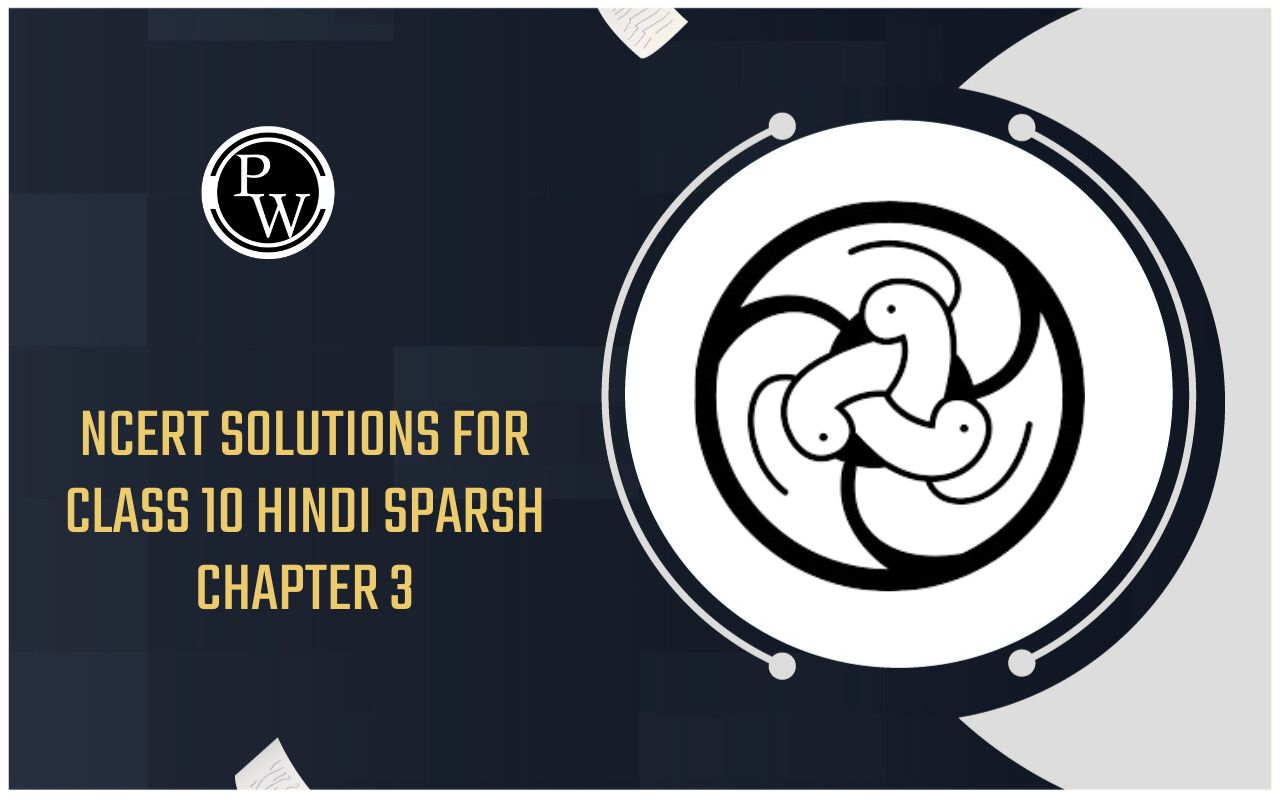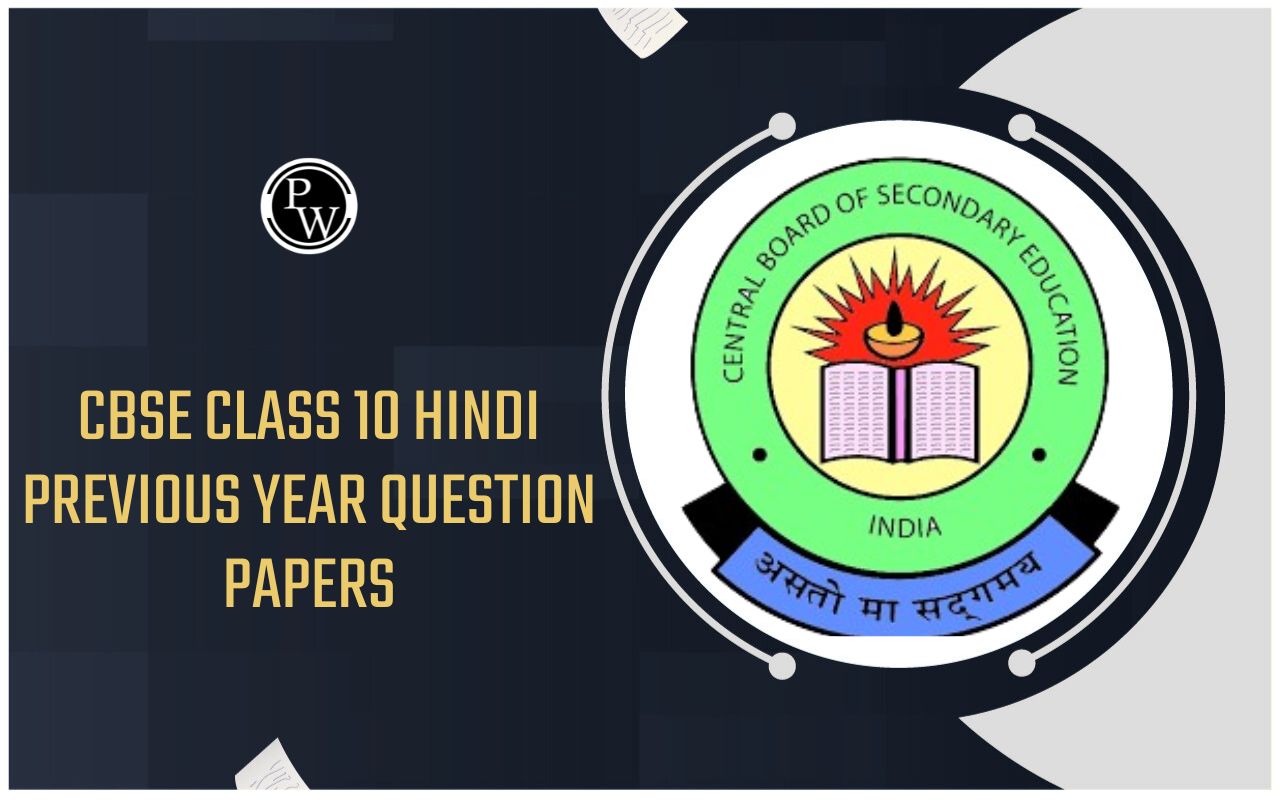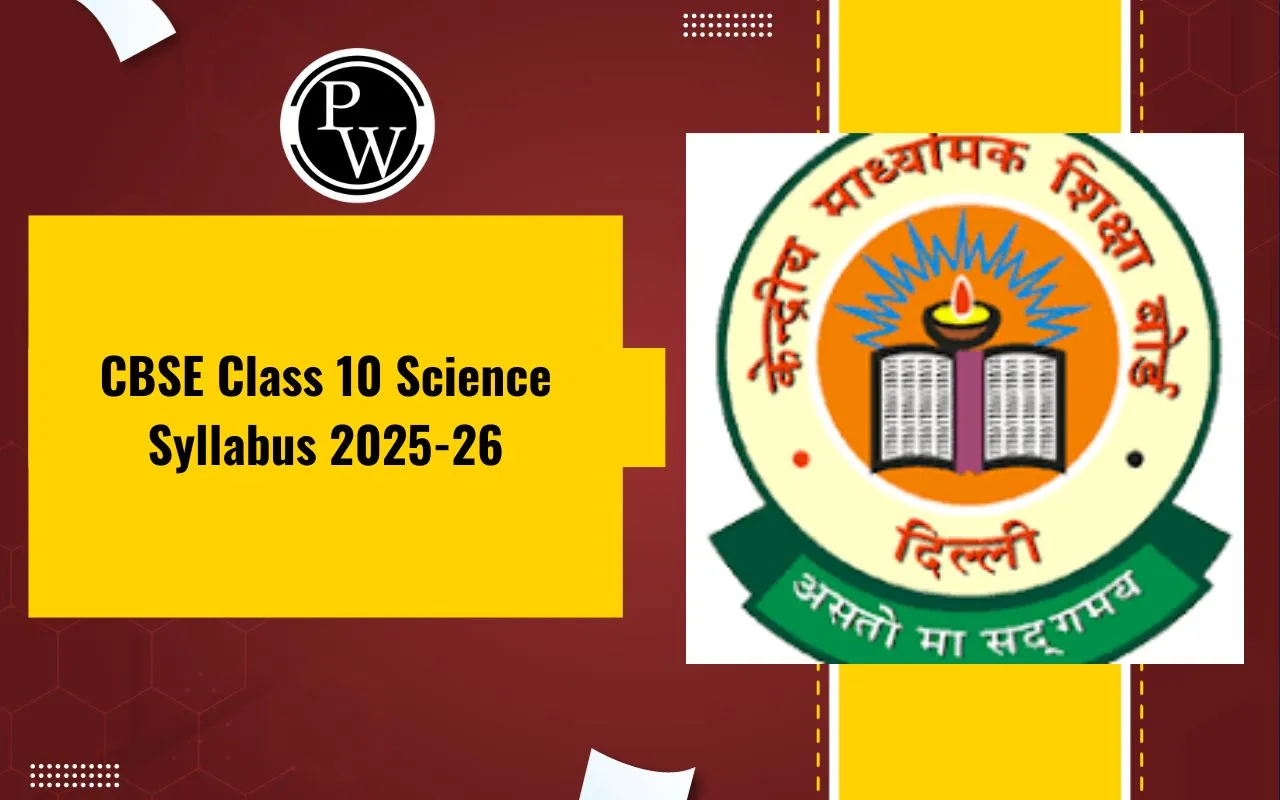
CBSE Class 10 Science Notes Chapter 6: CBSE Class 10 Science Notes Chapter 6 offers clear explanations of important topics by experts, and they're available for free. We assist students, like yourself, in reviewing the entire chapter quickly. Our Class 10 Science Chapter 6 notes can be easily downloaded in PDF format, aiding your preparation for classwork or exams. Feel free to use our Life Processes Class 10 Notes PDF to clarify doubts and better understand the subject.
Physics Wallah is a platform providing free CBSE Solutions (NCERT) and other student study materials. If you're a maths student seeking better solutions, you can download Class 10 Maths NCERT Solutions to revise the complete syllabus and improve your exam scores.Download Class 10 Science Notes PDF on Life Processes by Alakh sir
CBSE Class 10 Science Notes Chapter 1
CBSE Class 10 Science Notes Chapter 6 Life Processes
The study of living things is called biology. Living things, such as plants and animals, are referred to as organisms. To figure out if something is alive, we look at seven life processes. If something is alive, it will go through these seven processes.Movement
Both plants and animals can move. Plants grow slowly and are rooted in the ground. Their roots go deep, and their stems reach for the sun. On the other hand, animals can move their whole bodies quickly. They can migrate to find food, shelter, or safety.Respiration
Getting energy from the food we eat is called respiration. All living things need to breathe to grow, replace old parts, and move. Respiration happens in the mitochondria of cells. CBSE Class 10 Science Notes Chapter 2
Sensitivity
All living things are sensitive, which means they are aware of changes in their surroundings. Heat, light, sound, touch, and chemicals with taste and smell are all stimuli that animals respond to swiftly. Plants, on the other hand, appear to be less sensitive and respond more slowly.Growth
All living beings experience a process called growth. Plants continue to grow throughout their entire lives. Once animals become adults, their growth stops. However, even after growth stops, animals still receive materials from the food they eat to replenish their bodies.Excretion
All living organisms generate waste, which can be either of no use or harmful to them and, therefore, needs to be discarded. Excretion is the process of getting rid of waste produced during metabolism. Plants keep waste substances in their leaves, and when the leaves fall off, the waste is removed. Animals eliminate waste through urine and sweat, and they also release waste carbon dioxide when they breathe out.CBSE Class 10 Science Notes Chapter 3
Note: Egestion, not excretion, is the process of getting rid of faeces or undigested food.Reproduction
To ensure the survival of their kind, all living beings must create offspring that share their genetic traits. This process is called reproduction. Plants form seeds, which sprout and give rise to new plants of the same type. Animals either lay eggs or give birth to young ones. Reproduction comes in two types: sexual, involving two parents and the merging of gametes, and asexual, where a single parent reproduces on its own.Nutrition
Both plants and animals need food for energy and growth. Plants achieve this through photosynthesis, a process where simple substances like carbon dioxide and water are transformed into more complex carbohydrates using sunlight. Unlike plants, animals cannot make their own food and rely on consuming other plants or animals. They take in complex substances and break them down into small, soluble molecules that can be used for energy and growthTop of Form.Autotrophic Nutrition:
6CO2+12H2O → Chlorophyll SunlightC6H12O6+6H2O+6O2 During this process, the following things happen.- Chlorophyll absorbs light energy.
- Light energy transformed into chemical energy, causing the separation of water into hydrogen and oxygen.
- Carbohydrates are formed by converting carbon dioxide.
- Holozoic Nutrition: Organisms eat different kinds of food using a special system to break them into tiny parts for absorption. For instance, this happens in both Amoeba and Humans.
- Saprophytic Nutrition: Another way of eating involves consuming the leftover organic materials from dead creatures. Fungi, like bread moulds, yeast, and mushrooms, do this.
- Parasitic Nutrition: Some organisms, called parasites, feed on other living beings (known as the host) without helping the host. Examples include Cuscuta, ticks, lice, leeches, and tapeworms.
How Do Organisms Obtain their Nutrition?
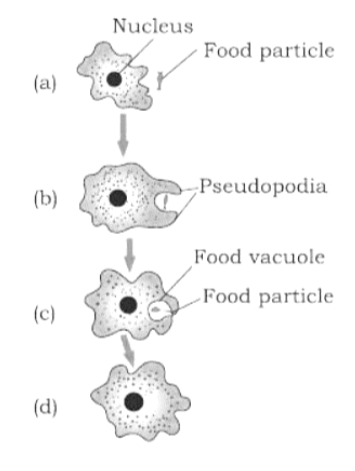 Single-celled organisms can take in food through their whole surface. For instance, an amoeba grabs food by creating a food sac using temporary finger-like extensions on the cell surface. These extensions join together over the food bit. Complicated substances get broken down in the food sac into simpler ones, and these eventually move into the cell's jelly-like substance. The leftover food that isn't digested is moved to the cell's surface and thrown away.
Single-celled organisms can take in food through their whole surface. For instance, an amoeba grabs food by creating a food sac using temporary finger-like extensions on the cell surface. These extensions join together over the food bit. Complicated substances get broken down in the food sac into simpler ones, and these eventually move into the cell's jelly-like substance. The leftover food that isn't digested is moved to the cell's surface and thrown away.
CBSE Class 10 Science Notes Chapter 4
Human Nutrition:
- Food digestion happens in the digestive system, which consists of various organs and glands.
- The leftover undigested material is moved to the cell surface and expelled. In the mouth, food is chewed into tiny pieces and mixed with saliva, which has amylase to break down starch.
- When swallowed, food passes through the pharynx and oesophagus on its way to the stomach.
- Gastric juice contains pepsin (an enzyme for digesting proteins), HCl, and mucus.
- Hydrochloric acid creates an acidic environment for pepsin to function. Normally, mucus shields the stomach lining from the acid.
- The meal moves from the stomach to the small intestine. Here, carbs, proteins, and fats are fully digested.
- The liver secretes bile, which breaks down fat.
- The pancreas releases pancreatic juice with amylase, trypsin, and lipase enzymes to digest starch, proteins, and fats.
- Carbs, proteins, and fats are completely digested in the small intestine, producing glucose, amino acids, fatty acids, and glycerol.
- Villi in the small intestine absorb the digested food, supplying it to all body cells
- Undigested food goes to the large intestine, where additional villi absorb it. The anus eliminates the remaining material from the body.
Nutrition in Paramoecium
- Paramoecium gets its food by holozoic nutrition. In this method, the organism takes in liquid or solid food into its body.
- The tiny hair-like structures called cilia in Paramoecium assist in bringing in food particles through the oral groove.
- The processed food moves through the cytoplasm via cyclosis and enters the food vacuoles, where the cytoplasm absorbs it.
- Any leftover undigested food is expelled through a small opening called cytopyge or anal pore.
Respiration:
The digested food items are broken down during breathing to release energy in the form of ATP. Respiration can be one of two forms, depending on the amount of oxygen required: Aerobic respiration: This occurs when there is air present (oxygen). Anaerobic respiration: This happens when there is no oxygen around- The first step in all cases is the conversion of glucose, a six-carbon molecule, into pyruvate, a three-carbon molecule. This process takes place in the cytoplasm. Pyruvate can also change into ethanol and carbon dioxide. Yeast goes through this process during fermentation. The name given to a process that happens without oxygen (air) is anaerobic respiration. In the mitochondria, pyruvate breaks down with the help of oxygen.
- Aerobic respiration releases a lot of energy compared to anaerobic respiration.
- When there's not enough oxygen in our muscle cells, pyruvate turns into lactic acid. Muscle cramps happen when lactic acid builds up in our muscles due to sudden activity.
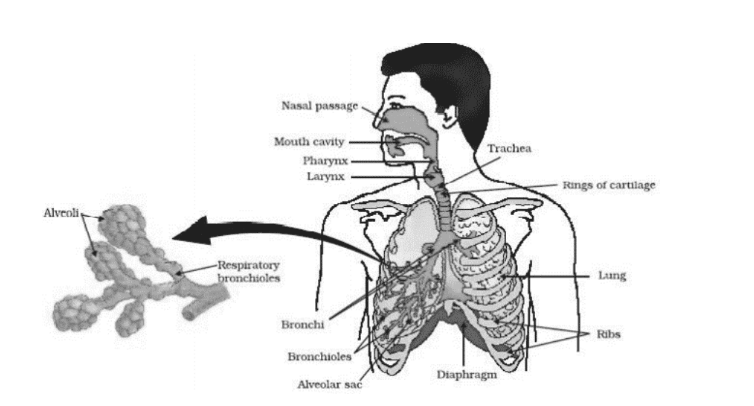
- In humans, air comes into the body through the nostrils. There are tiny hairs in the passage that clean the air. The passage also has mucus to help in this process. After that, the air goes into the lungs through the throat, which has rings of cartilage to keep it from collapsing.
- The tubes inside the lungs divide into smaller ones and end in balloon-like structures called alveoli.
- These alveoli are filled with blood and are places where oxygen and carbon dioxide trade places with the atmosphere. Carbon dioxide from the body goes to the alveoli through the blood, and oxygen from the alveolar air goes into the blood vessels, which then carries it to all the cells in the body. While breathing in and out, the lungs always keep some air so that there's enough time to take in oxygen and let out carbon dioxide.
- In humans, a substance called haemoglobin carries oxygen from the lungs to different parts of the body. This substance is found in red blood cells.
Transportation:
Transportation in Human Beings:
The heart, blood, and blood arteries make up the circulatory system, which transports various materials throughout the body.The Heart:
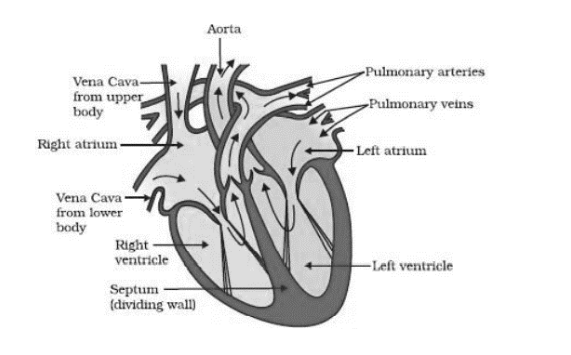
- The human heart consists of four sections: two atria (right and left) and two ventricles (right and left), which prevent mixing of oxygen-rich and carbon dioxide-rich blood. Deoxygenated blood goes to the right side of the heart, while oxygenated blood goes to the left.
- To remove carbon dioxide, the blood with high carbon dioxide content needs to reach the lungs, and the oxygenated blood must return to the heart. The oxygen-rich blood then circulates throughout the body.
- The walls of the ventricles are thicker than the walls of the atria.
- Humans experience twofold circulation, where blood passes through the heart twice, ensuring complete separation of oxygenated and deoxygenated blood.
- Arteries carry blood from the heart to different body regions, while veins return it to the heart. Thin capillaries link arteries and veins, facilitating the exchange of materials between blood and cells.
- Platelet cells, present in the blood, circulate in the body to prevent blood loss at damaged sites.
- Lymph also plays a transportation role. Similar to blood plasma but colourless with less protein, it flows from intercellular gaps into lymphatic capillaries, connecting to major lymph arteries that open into larger veins. Lymph transports digested and absorbed fat from the intestine and excess fluid from the extracellular space back into circulation.
Transportation in plants:
- The human heart consists of four sections: two atria (right and left) and two ventricles (right and left), which prevent mixing of oxygen-rich and carbon dioxide-rich blood. Deoxygenated blood goes to the right side of the heart, while oxygenated blood goes to the left.
- To remove carbon dioxide, the blood with high carbon dioxide content needs to reach the lungs, and the oxygenated blood must return to the heart. The oxygen-rich blood then circulates throughout the body.
- The walls of the ventricles are thicker than the walls of the atria.
- Humans experience twofold circulation, where blood passes through the heart twice, ensuring complete separation of oxygenated and deoxygenated blood.
- Arteries carry blood from the heart to different body regions, while veins return it to the heart. Thin capillaries link arteries and veins, facilitating the exchange of materials between blood and cells.
- Platelet cells, present in the blood, circulate in the body to prevent blood loss at damaged sites.
- Lymph also plays a transportation role. Similar to blood plasma but colourless with less protein, it flows from intercellular gaps into lymphatic capillaries, connecting to major lymph arteries that open into larger veins. Lymph transports digested and absorbed fat from the intestine and excess fluid from the extracellular space back into circulation.
Excretion:
The toxic metabolic nitrogenous wastes produced are excreted from the body during excretion.Excretion in Human Beings:
Excretion in plants:
The excretory system in humans consists of two kidneys, two ureters, the urine bladder, and the urethra. The abdomen has two kidneys, one on each side of the backbone. The ureters transport urine from the kidneys to the urinary bladder, where it is held until it is discharged through the urethra.Life Processes Class 10 Notes
Class 10 Life Process Notes will discuss the following things:- Life Processes
- What are Life Processes?
- Basic Concept of Nutrition
- Respiration
- Transportation, and Excretion in Plants & Animals.
CBSE Class 10 Science Chapter 6 Life Processes Notes
Section - 6.1 - What are Life Processes? The basic processes of life include the following:- Organisation
- Metabolism
- Responsiveness and Movements,
- Reproduction
- Growth
- Respiration
- Digestion
- Excretion
Types of Questions You Can Expect from the Class 10 Science Chapter 6 – Life Processes
It's crucial for you to carefully read the Biology Chapter 1 Class 10 Notes. Different types of questions may come from the chapter. You might encounter the following kinds of questions, so be prepared to respond to any of them in your board examination.- Very Short Answer Type Questions
- Short Answer Type Questions
- Long Answer Type Questions
- Practical-Based Questions
Why is the Class 10th Board Examination Important for You?
In 2010, CBSE presented choices for Class 10 board exams to help reduce students' stress about exams. At first, students were evaluated through Continuous and Comprehensive Evaluation (CCE). But after 2016, concerns emerged about the lack of board exams impacting students' future prospects. As a result, in 2018, it was decided to bring back the compulsory nature of Class 10 board exams. This emphasises the undeniable importance of board exams. Here are main reasons pointing out why Class 10 board exams are crucial for students.- Learn How to Handle Stress – Making Class 10 optional was done to lessen the pressure on students. Yet, there's another way to look at it: changing how students perceive stress. It's crucial for students to see Class 10 board exams as a chance to learn how to deal with stress and acquire new skills such as planning, scheduling, and time management. Instead of getting stuck on the downsides of exam anxiety, it's better to focus on the upsides and figure out how to handle it. Shifting your mindset to positive things can increase productivity and improve your abilities.
- Help You Understand Where You Stand – For numerous students, the Class 10 board exam marks their initial national test. This means they will not just be measuring themselves against classmates but also against students throughout India. Competing is just a normal part of life, and students can't escape it. Since the CBSE board exam is conducted all over the country, it reflects how well you're doing in comparison to others. If you do well, you are among the top students. If not, it suggests the necessity for more effort. Attaining good scores in exams brings joy.
- Know How Class 10 Board Exams will be Like – The 12th-grade board exam is crucial because it helps you decide your future career. When you take the 10th-grade board exams, it gives you a chance to understand what lies ahead in Class 10. You'll get to visit a different school, interact with unfamiliar teachers, and this experience will boost your confidence in handling Class 10 exams without stress.
CBSE Class 10 Science Notes Chapter 6 FAQs
Is there any correlation between life processes and environmental sustainability?
Can you explain the significance of respiration in life processes?
How does transportation of substances occur in living organisms?
What are the common misconceptions about life processes?

